Event
Open Bottle Thursday! Steorra Sparkling!!
Thursday, December 29, 2022
Time: 03:00pm - 07:30pm
Type: Wine Tasting
Location: The Wine Cabinet
Event Free

IN STORE TASTING ARE BACK FOR
OPEN BOTTLE
WE STILL ENCOURAGE CURBSIDE PICKUP OR DELIVERY!!
(All purchases must be accompanied by a credit card.)
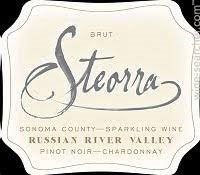
Sparkling Wine NV
Russian River Valley, California
Méthode champenoise
From the Wagner Family, the makers of Caymus, Emmolo and Belle Glos!
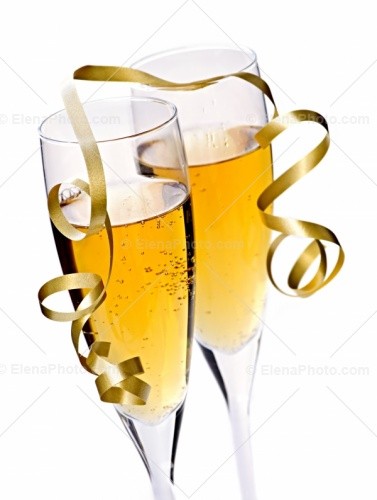
A lover of champagne, Joe Wagner has long wanted to create a classic sparkling wine, using Pinot Noir and Chardonnay. Steorra, his first-ever sparkling wine, takes its name from the Old English word for ‘star’
and is a non-vintage Brut sourced from Sonoma County’s cool-climate Russian River Valley,
esteemed for these grape varieties.
The fruit used in Steorra is harvested earlier than the fruit for Copper Cane’s still wines,
resulting in lower sugar levels and higher acidity. Sonoma County’s Russian River Valley is the ideal growing location for these varieties due to the ebb and flow of the cooling fog from the Pacific Ocean, which creates a long and mild growing season for the grapes and a beautifully balanced wine. French oak barrels highlight the wine’s natural flavor, bringing out toasty, sweet spice elements that complement the green apple flavor of the base wine.
90 Points The Wine Enthusiast
"Joe Wagner's latest addition to his Copper Cane Wine & Provisions offerings is this dry brut,
made from 55% Chardonnay and 45% Pinot Noir.
Touched by lemon and grapefruit, it starts with a nuance of flowers
before launching into satisfying creaminess that lingers pleasantly on the palate."
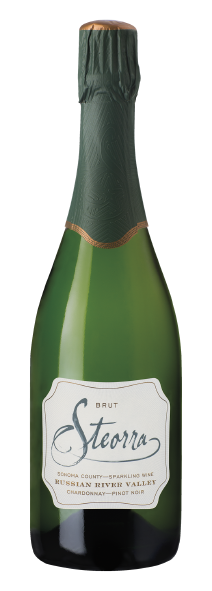 Elsewhere at $24.99
Elsewhere at $24.99
Our Regular price $22.99
Special Sale Price
while inventory lasts.
$19.75 a bottle
($53.25) for six! ($17.75)
Be warned all that is available at this price is in the store, when its gone its gone.
Click Here To Order
or call
703-668-WINE
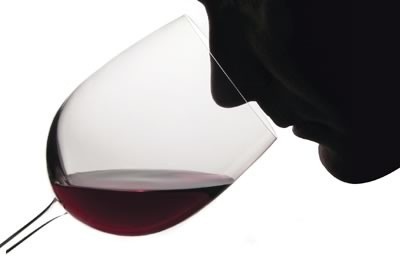
Our Thoughts on this wine.....
The color is brilliant light-gold, aromas of Citrus blossom, ripe pear, Granny Smith apples and Sugar cookie dough. Mid palate flavors of Lemon sherbet, fresh cream, Granny Smith apples, hints of baking spice, a subtle toastiness and a vibrant finish. Note the bead (bubbles) are extremely fine.
A bit about Russian River Valley.......
Russian River Valley is a region rich in history. Grape growing and winemaking are integral to the story of the land 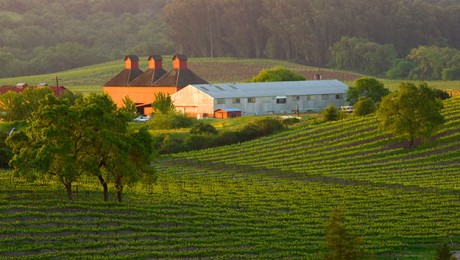 and its past. The valley is named for the first non-natives to settle in Sonoma County. The Russians, who settled along the Sonoma coast at historic Fort Ross from 1812 to 1841, left a significant impact on the area. They found this region optimal to hunt sea otters for their furs and to provide food and staples for Russian colonies in Alaska. Agriculture, including viticulture, was a primary goal in this endeavor and the fertile soils of the Russian River Valley provided a region apt for farming and sustaining their outposts.
and its past. The valley is named for the first non-natives to settle in Sonoma County. The Russians, who settled along the Sonoma coast at historic Fort Ross from 1812 to 1841, left a significant impact on the area. They found this region optimal to hunt sea otters for their furs and to provide food and staples for Russian colonies in Alaska. Agriculture, including viticulture, was a primary goal in this endeavor and the fertile soils of the Russian River Valley provided a region apt for farming and sustaining their outposts.
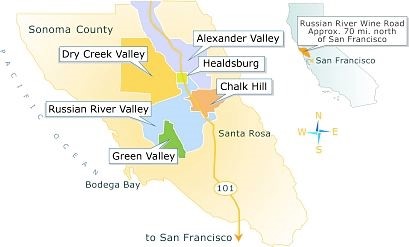 During the 1830’s, the Russian settlers ventured southeast from Fort Ross in search of more temperate agricultural regions. Outposts were established in the areas of Sebastopol, Graton and Freestone. Wine grapes planted at Fort Ross on the Sonoma coast, and subsequent vineyards started by the settlers throughout Sonoma County, took place well before the Gold Rush of 1849. Although we don’t known exactly when the Russians first planted grape vines or if wine was actually produced from these plantings, we now believe those early plantings at Fort Ross were the first in Sonoma County. The Russians summarily abandoned their foothold in Northern California around 1841. The migration of subsequent settlers, many from wine-producing European countries, continued to develop this initial viticultural venture, establishing the foundation for what would become a flourishing industry within the Russian River Valley.
During the 1830’s, the Russian settlers ventured southeast from Fort Ross in search of more temperate agricultural regions. Outposts were established in the areas of Sebastopol, Graton and Freestone. Wine grapes planted at Fort Ross on the Sonoma coast, and subsequent vineyards started by the settlers throughout Sonoma County, took place well before the Gold Rush of 1849. Although we don’t known exactly when the Russians first planted grape vines or if wine was actually produced from these plantings, we now believe those early plantings at Fort Ross were the first in Sonoma County. The Russians summarily abandoned their foothold in Northern California around 1841. The migration of subsequent settlers, many from wine-producing European countries, continued to develop this initial viticultural venture, establishing the foundation for what would become a flourishing industry within the Russian River Valley.
By 1876 viticulture was well established in the Russian River Valley. It is recorded that the region produced in excess of 500,000 gallons of wine, with about 7,000 vine acres planted.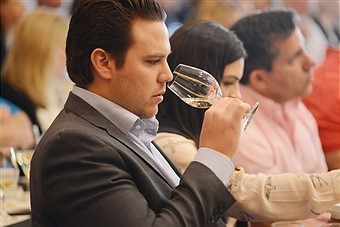 Larger wineries began to flourish, including The Santa Rosa Wine Company established in 1876, Martini & Prati Winery in 1880, Korbel Champagne Cellars in 1882 and Foppiano Winery in 1896.During Prohibition, the Russian River Valley saw drastic changes and an overall decline in wine production. Many of the wineries that surfaced during the late 1800s and early 1900s did not survive the severe restrictions placed on all alcohol production and consumption.From 1920 to1933 wine production was severely limited, forcing many wineries out of business. Those who wanted to continue to make wine legally were forced to produce only 200 gallons of non-intoxicating cider or fruit juice per year for household use; though some were brazen enough to disregard the production regulation. Prohibition ended in1933 with the repeal of the 18th Amendment; however, by then less than 50 wineries remained within Sonoma County.
Larger wineries began to flourish, including The Santa Rosa Wine Company established in 1876, Martini & Prati Winery in 1880, Korbel Champagne Cellars in 1882 and Foppiano Winery in 1896.During Prohibition, the Russian River Valley saw drastic changes and an overall decline in wine production. Many of the wineries that surfaced during the late 1800s and early 1900s did not survive the severe restrictions placed on all alcohol production and consumption.From 1920 to1933 wine production was severely limited, forcing many wineries out of business. Those who wanted to continue to make wine legally were forced to produce only 200 gallons of non-intoxicating cider or fruit juice per year for household use; though some were brazen enough to disregard the production regulation. Prohibition ended in1933 with the repeal of the 18th Amendment; however, by then less than 50 wineries remained within Sonoma County.
The current era in Russian River Valley winemaking began in the 1960’s when Bob Sisson, the University of California Farm Advisor for Sonoma County, began urging local growers to turn their focus toward cool climate grapes like Chardonnay and Pinot Noir. Smart farmers listened, and the rest is… history.
